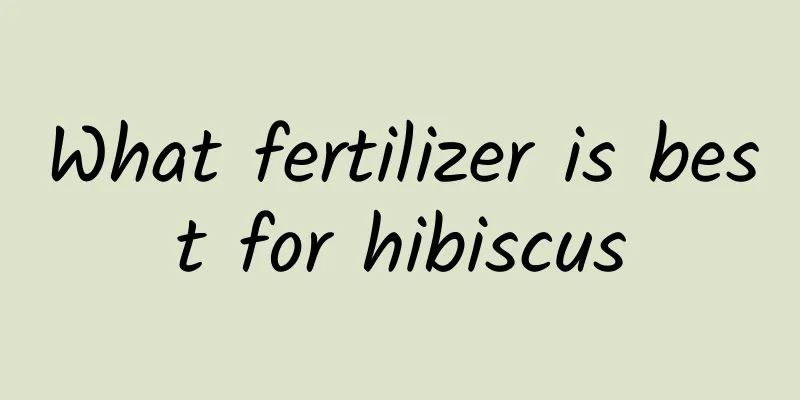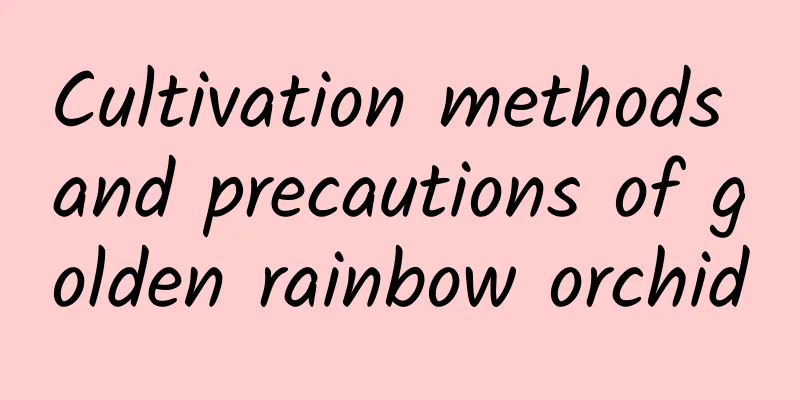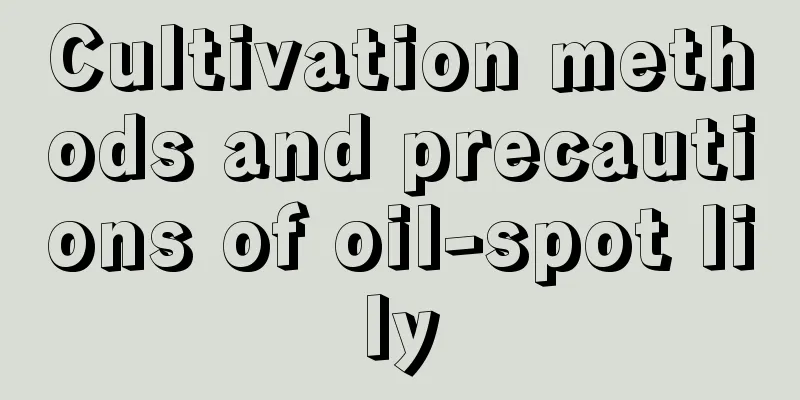Mint Planting Methods and Tips

|
Mint , also known as silver dan grass and night-scented incense, is a perennial herb of the genus Mint in the Lamiaceae family. It has a cool fragrance and has high economic and medicinal value. Let’s talk about the methods and techniques of mint planting. 1. Soil Mint does not have high requirements for soil, but loose and fertile sandy loam is preferred. The soil should be kept at a moderate moisture level, not too dry or waterlogged. You can add some organic fertilizer or compound fertilizer to the soil to promote the growth of mint. Choose a suitable flowerpot, preferably a larger one, because the mint will have a well-developed root system. The flower pots should have drainage holes to prevent water accumulation. 2. Reproduction Mint can be propagated by cuttings or rhizomes. For cuttings, you can cut branches about 10 cm long from a healthy mint plant, remove the leaves below, leave a few leaves on the top, and then insert them into moist soil. If you want to propagate by rhizomes, you can separate some rhizomes with buds from the roots of mint and bury them in the soil. 3. Lighting Mint prefers full sun, so place the pot in a bright location, preferably a south-facing windowsill. Insufficient light can cause mint leaves to become thinner and yellower, and the aroma will be weakened. Even in summer, you don’t need to provide shade. If you like to eat tender leaves, you can provide appropriate shade in the afternoon. However, if you want to drink water, it is not recommended to provide shade. 4. Watering Mint also likes water, so water it frequently and keep the soil moist. Water thoroughly, allowing water to flow out of the drainage holes. When the mint leaves start to wilt, water them thoroughly. 5. Temperature The best growth temperature for mint is 25-30 degrees Celsius. It will grow slowly below 15 degrees Celsius. In winter, you should keep warm and avoid frost. 6. Fertilization Mint does not need fertilizer because it is a wild plant and the nutrients in the soil are generally sufficient. If you want to fertilize, you can use some slow-release fertilizer or organic fertilizer. 7. Pruning Mint needs to be pruned regularly to help it grow more luxuriantly. If you find yellow leaves, dead leaves or insect pests, cut them off in time. The trimmed mint can be used to make tea or placed in water to continue growing. 8. Pest and disease control During the growth process of mint, we must pay attention to the prevention and control of diseases and pests, such as black leg disease, powdery mildew, aphids, etc. When pests and diseases are found, the affected parts should be cut off in time and the corresponding pesticides should be sprayed. At the same time, you should prune the mint regularly to remove the yellow and weak branches and leaves, promote the germination of new shoots, and maintain the health and aroma of the mint. That’s it |
<<: How to fertilize gardenia and what fertilizer to use
>>: How to fertilize lilies and what fertilizer to use
Recommend
A flower that symbolizes strength, bravery and independence
1. Cactus It is a plant with very tenacious vital...
How to propagate the bottle palm
Seed propagation of bottle palm Select high-quali...
The correct way to care for camellia
The petals of camellia are layered, and although ...
How to grow the succulent plant New Jade Ornament
How to grow the succulent plant New Jade The succ...
How to water the dripping Guanyin
Watering tips for Dripping Guanyin The weeping an...
Why do Anthurium leaves produce oil?
1. Normal phenomenon Reason: The oil secretion fr...
Can I plant orchid seeds?
Can orchid seeds be planted? Orchids can be propa...
What fertilizer is good for money tree
Overview of Money Tree Fertilization Money tree i...
Taboos of growing Christmas cactus in winter
1. Outdoor farming It is not cold-resistant, so i...
Is Hongyun Dangtou poisonous?
There are two opinions about whether Hongyun Dang...
How to grow carrots?
Carrot , as a well-known root vegetable , is know...
When is the best time to bag the pomelo? Spray pesticides before bagging and pay attention to details
Bagging the pomelo is an essential measure in the...
How to propagate begonia
Seed propagation Time selection: This method is g...
Cultivation methods and precautions of Dutch chrysanthemum
Chrysanthemum is a very beautiful chrysanthemum w...
How much is a monk fruit and how to choose it
1. How much does it cost? Generally speaking, the...









